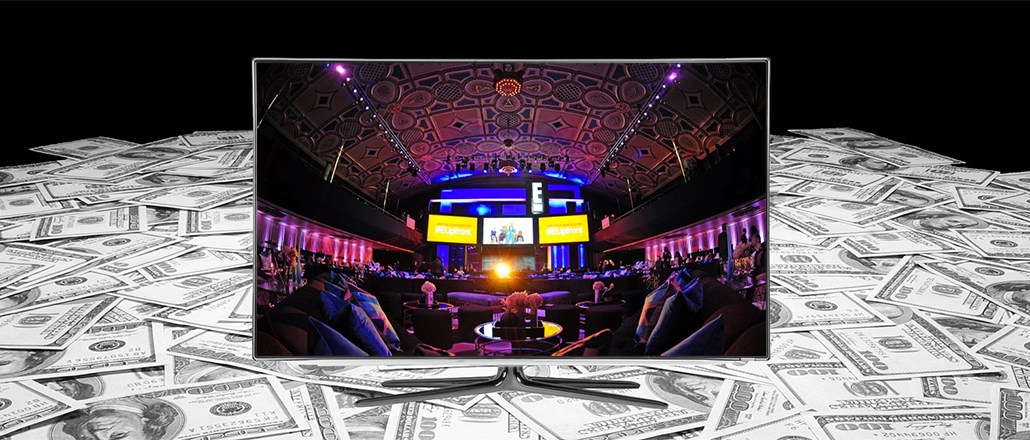
As more ad dollars flow to digital, the television upfronts are a contradiction.
On the one hand, they’re a relic of the past. On the other, they’re an efficient allocation of several billion dollars’ worth of ad spending — so successful, in fact, that digital media has quit decrying the upfronts and started imitating them with their own push, the NewFronts.
The upfronts play a pivotal role in the media industry. Each spring, after the networks unveil new programming slates at their upfront presentations, media buyers work with sellers to hammer out ad deals worth billions. But indicators suggest another tough market for sellers this year. Magna Global predicts that total upfront ad sales will drop to $20 billion, a 7 percent decline from last year’s upfront season.
Magna Global’s forecast represents a 10 percent decline for broadcast, which sells most of its inventory during upfronts season, and 5 percent decline for cable, which is more reliant on the scatter market (inventory sold closer to the actual programming date). Last year, upfront broadcast sales were down 6 percent, and cable sales were down 5 percent, according to analysts.
“Advertisers want more and more flexibility, one of the influences of digital has had on TV,” said Peter Olsen, evp of ad sales at A+E Networks. “The upfront forces advertisers to commit money as far as 16 months out, and I don’t think there’s any business in America that knows what’s going on 16 months out.”
Even as overall dollar volume dropped last year, the major networks managed to scrounge up pricier ad rates. Their leverage: TV remains the most efficient, cost-effective way to reach mass audiences with ads. And broadcasters tend to have the biggest reach. NBC, CBS, ABC, FOX and the CW all saw CPM increases on their upfront inventory, despite a 6 percent drop in total broadcast sales.
“Price and volume have something to do with each other, but it’s not as linear a relationship as you might expect,” said Brian Wieser, senior analyst at Pivotal Research Group. “My math says that a year with zero volume change in network primetime across all networks will translate into an approximately 8 percent increase in pricing for the daypart leader. And every other price is benchmarked off of that, implicitly.”
Across both the upfront and scatter market, average CPMs for primetime network TV have climbed each year since 2010 (excepting a slight decline in 2014), according to Nielsen data. In 2010, the average primetime TV CPM was $19.74. In 2014, it was $24.76.
Advertisers boosted their spending in the scatter market 11 percent in the first quarter of 2015, according to Standard Media Index data. SMI saw a 13 percent increase in scatter spending in broadcast and a 9 percent increase in cable (compared to Q1 2014). Meanwhile, there were fewer upfront dollars in the market in Q1 2015 than Q1 2014: Cable upfront revenues were up 1 percent, but broadcast revenues were down 16 percent. Overall, SMI measured a 2 percent increase in ad dollars for cable TV (including sports spending) and a 12 percent decline for broadcast. (SMI measures 80 percent of total national U.S. agency spend directly from their booking systems, according to the company.)
More in Media

Publishers revamp their newsletter offerings to engage audiences amid threat of AI and declining referral traffic
Publishers like Axios, Eater, the Guardian, theSkimm and Snopes are either growing or revamping their newsletter offerings to engage audiences as a wave of generative AI advancements increases the need for original content and referral traffic declines push publishers to find alternative ways to reach readers.

The Guardian US is starting its pursuit of political ad dollars
The Guardian US is entering the race for political ad dollars.

How much is Possible’s future in Michael Kassan’s hands?
Some people in the know at Possible said they see the conference taking a bite out of Cannes’ attendance, most acutely by U.S.-based marketers who could save money by staying on this side of the Atlantic.









